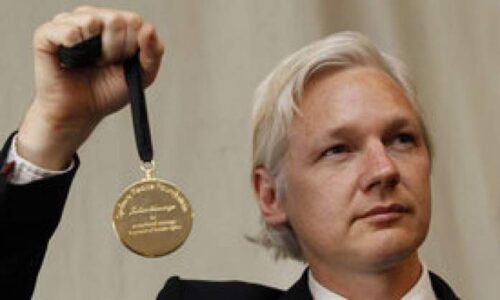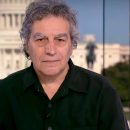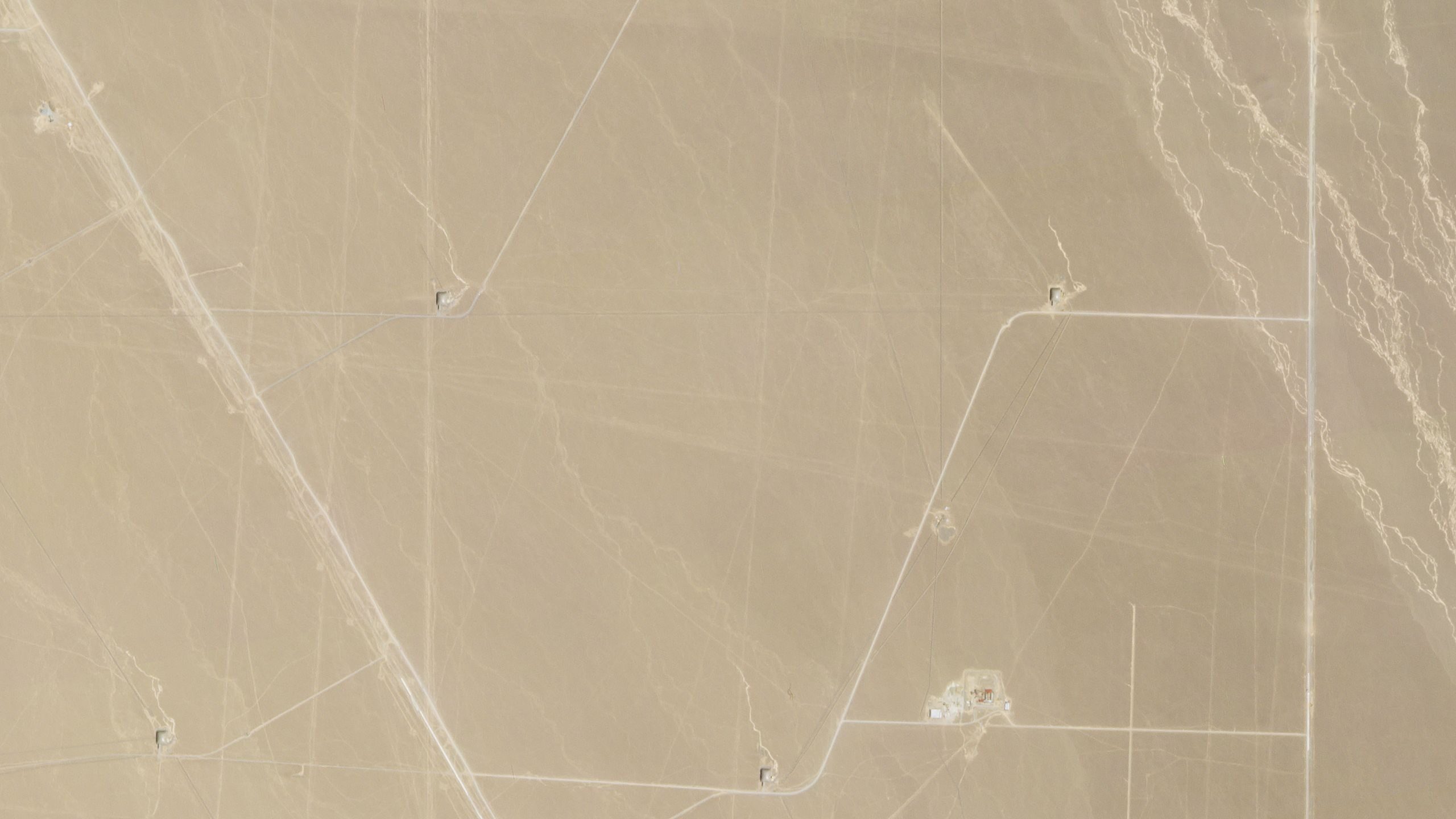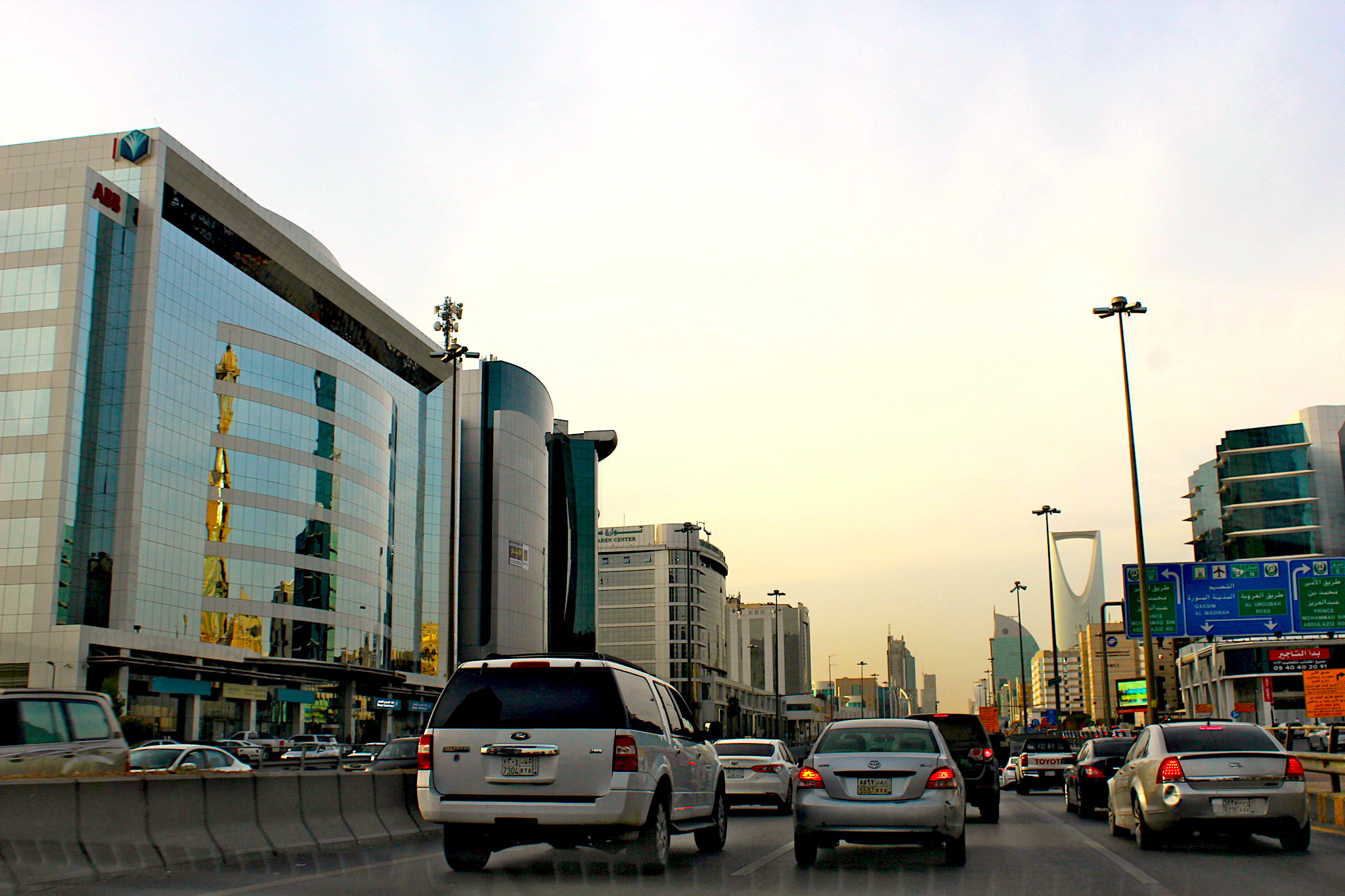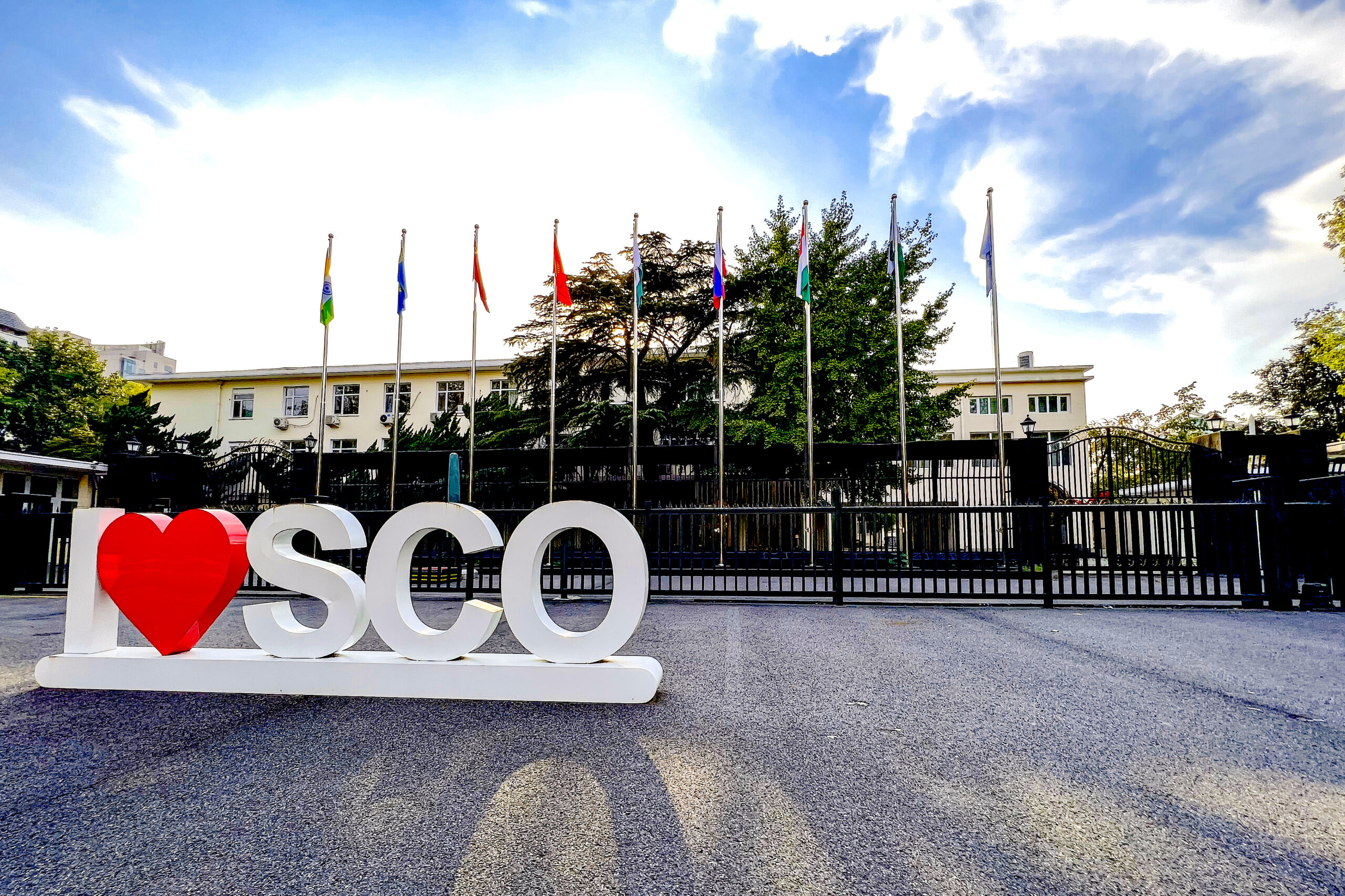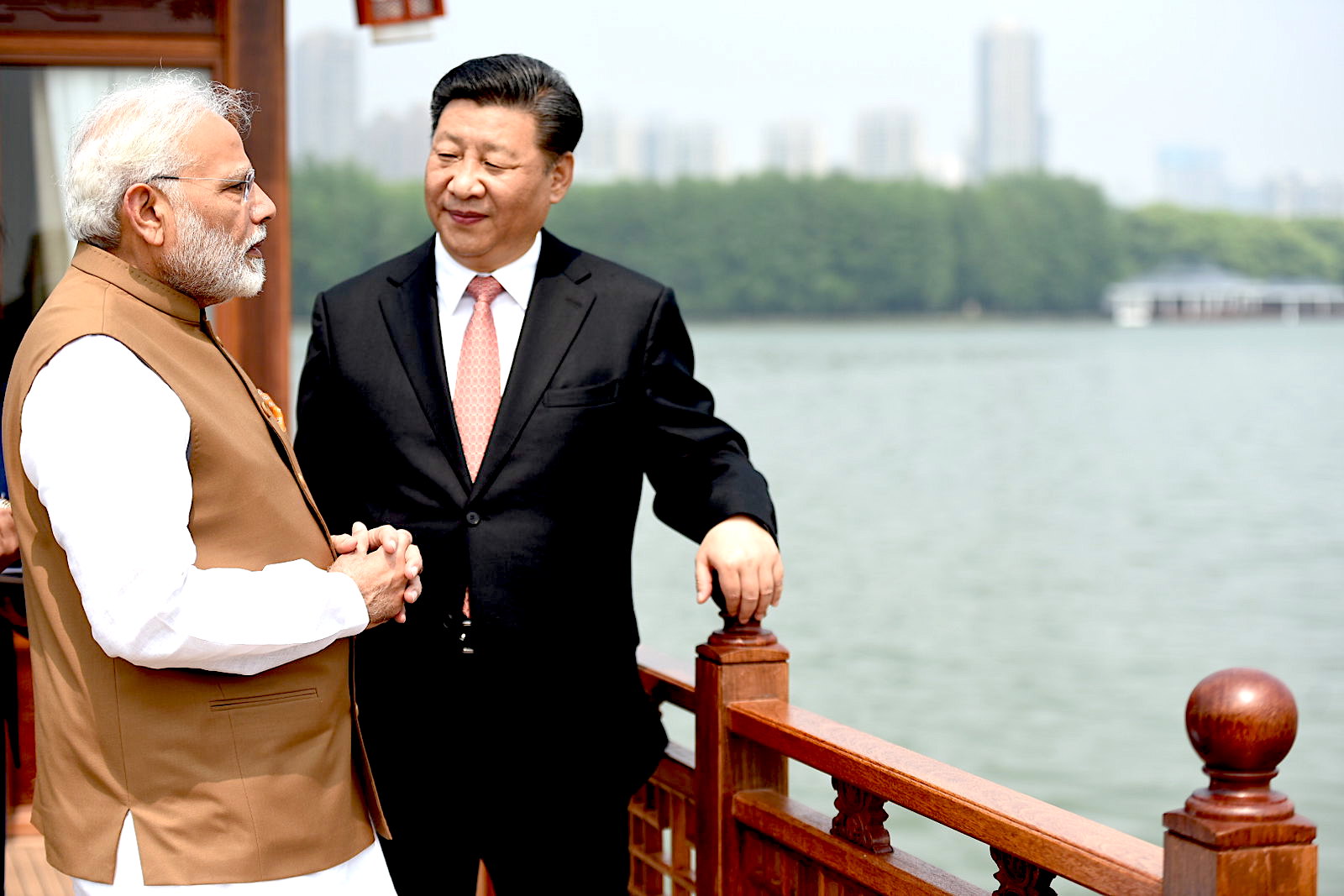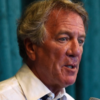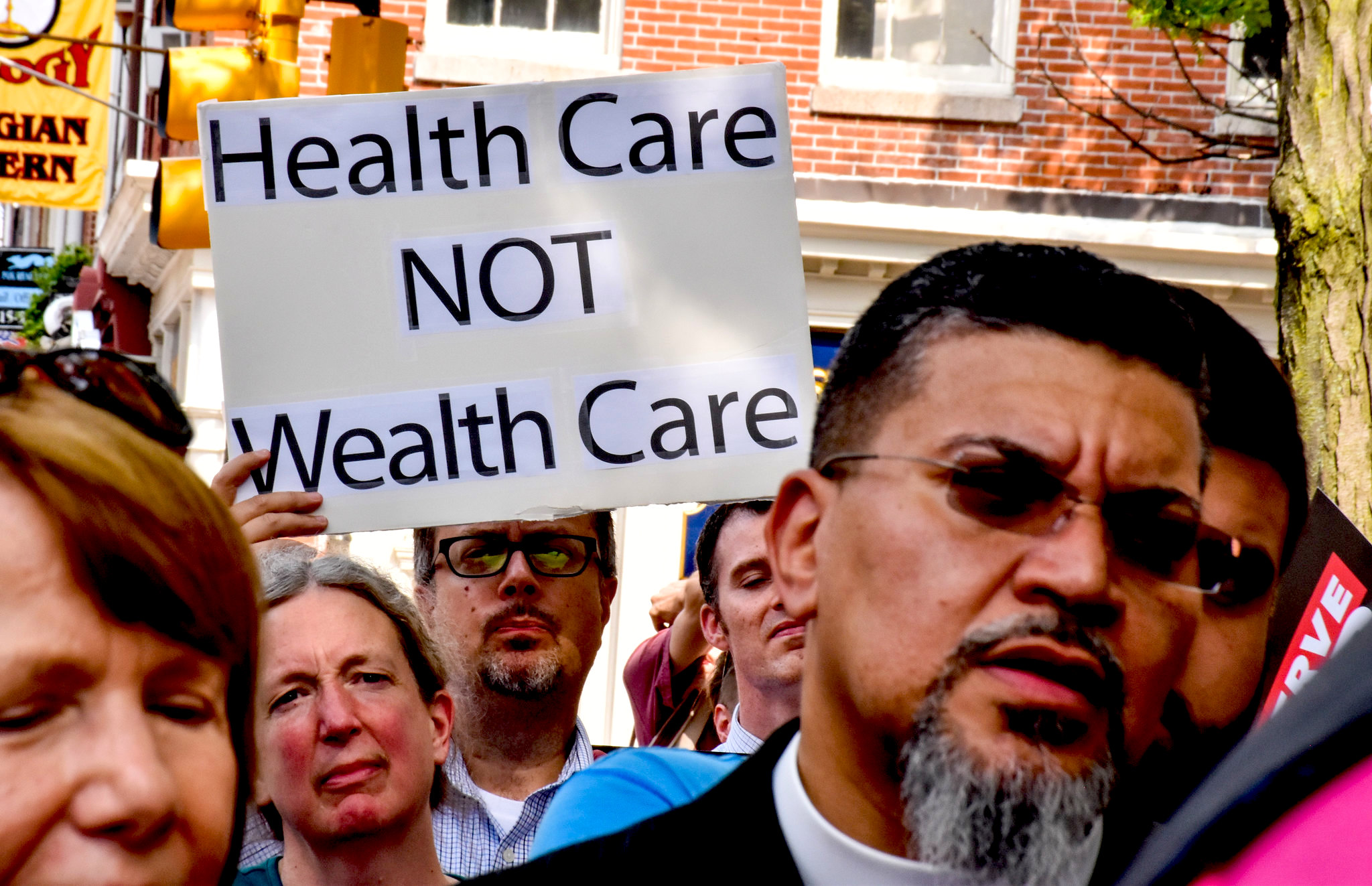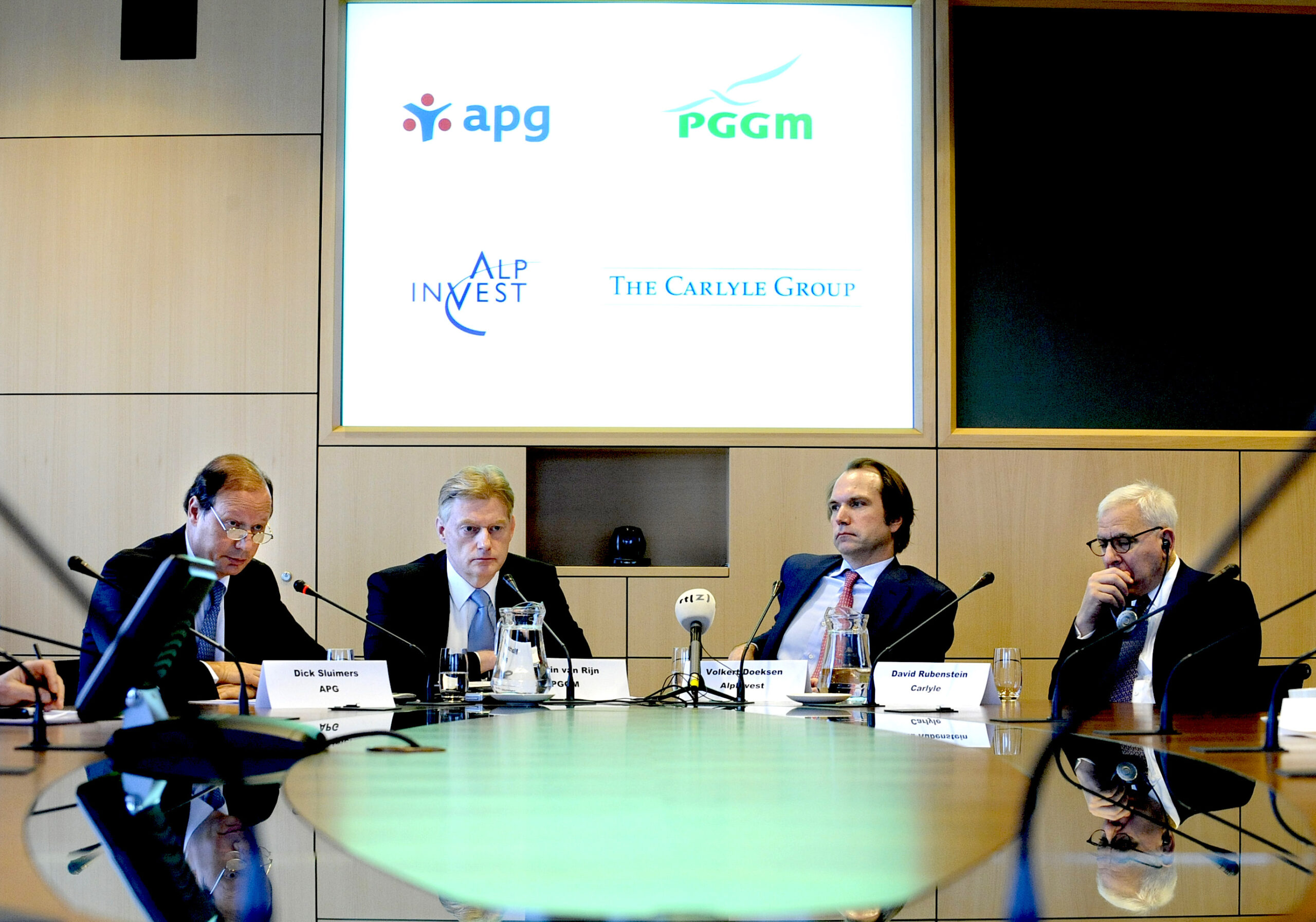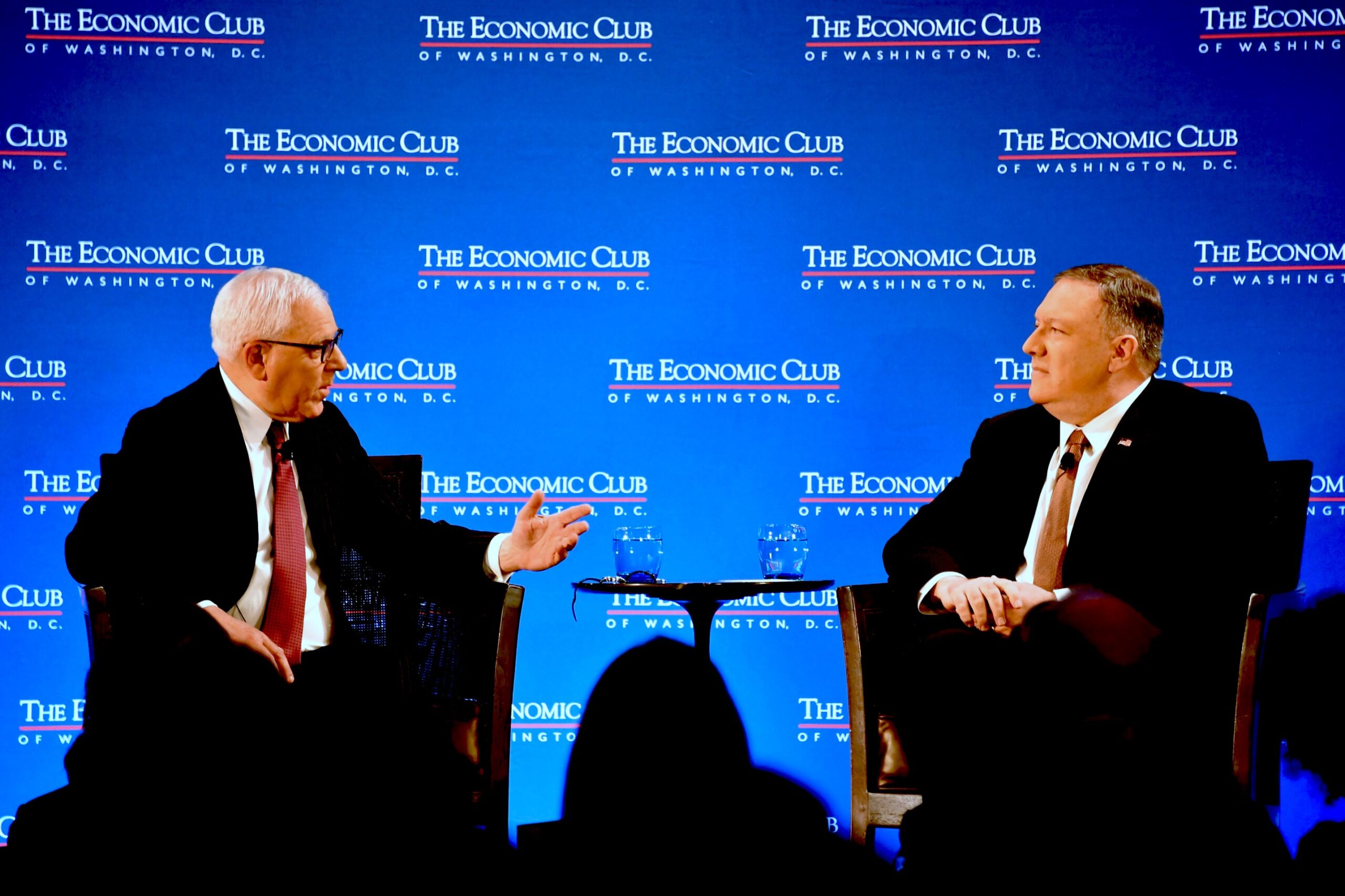UK
Three-year extension agreed to Hinkley Point C contract
02 December 2022
EDF, China General Nuclear (CGN) and the UK government have agreed a three-year extension to the contract for difference (CfD) for the Hinkley Point C (HPC) nuclear power plant under construction in Somerset, England. While the 'long-stop date' has now been moved to November 2036, EDF maintains the plant's start-up schedule remains unchanged.
.jpg?ext=.jpg) The Hinkley Point C construction site, pictured in November 2021 (Image: EDF Energy)
The Hinkley Point C construction site, pictured in November 2021 (Image: EDF Energy)In October 2013, a price of GBP92.50 (USD112.82) per MWh was agreed as the strike price for the HPC project, meaning the government will top up EDF's income to this level if wholesale prices are lower. EDF will have to pay money to the government if market prices are higher. From 2025-2029, EDF gets a 35-year CfD. After 2029 the CfD is reduced in value up to 2033 - the long-stop date - after which it could be cancelled for non-completion.
Under a deal agreed in October 2015, CGN took a 33.5% stake in the project to construct Hinkley Point C, which comprises two EPR reactors. Under the deal, EDF and CGN also planned to build a replica EPR plant at Sizewell C in Suffolk and a new plant at Bradwell in Essex, using China's HPR1000 (Hualong One) reactor technology.
The Low Carbon Contracts Company (LCCC), the government's counterparty in the contract, announced on 29 November that the long-stop date had been extended from 1 November 2033 to 1 November 2036.
"The extension reflects LCCC's work with the HPC project over the last 20 months to understand the impacts of COVID-19, as well as the outcome of the Department for Business, Energy & Industrial Strategy's negotiations with CGN on the Sizewell C nuclear project," LCCC said.
"Extending the long-stop date will not impact the delivery date of the project," the LCCC was quoted by New Civil Engineer as saying. "The terms of the contract provide an incentive to complete commissioning as soon as possible."
On 29 November, the UK government announced it will invest GBP679 million and become a 50% partner with EDF in the Sizewell C project. The money, it said, "allows for China General Nuclear's exit from the project, including buy-out costs, any tax due and commercial arrangements".
Construction of Hinkley Point C - composed of two EPR reactors of 1630 MWe each - began in December 2018. Unit 1 of the plant was originally scheduled to start up by the end of 2025.
In January 2021, EDF said the start of electricity generation from unit 1 had been rescheduled to June 2026. Delays arising from the COVID-19 pandemic would also increase the cost of the project by GBP500 million to between GBP22 and 23 billion.
In May this year, following a review, EDF announced the start of electricity generation for HPC unit 1 is now expected in June 2027 and the project completion costs were now estimated in the range of GBP25 to 26 billion.
"Hinkley Point C's schedule was recently reviewed in detail and remains unchanged," said a spokesperson for Hinkley Point C. "The power station's clean, home-grown electricity is needed to provide Britain with secure and affordable energy and to help the country kick its dependency on gas. The team at Hinkley Point C is working hard to make the plant operational as soon as possible."
Researched and written by World Nuclear News

